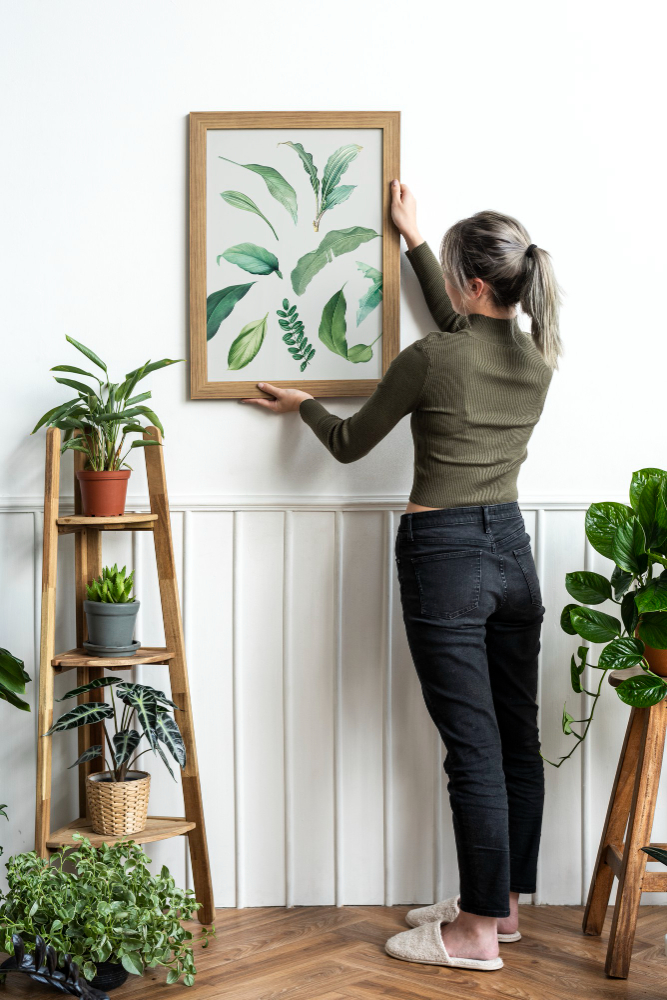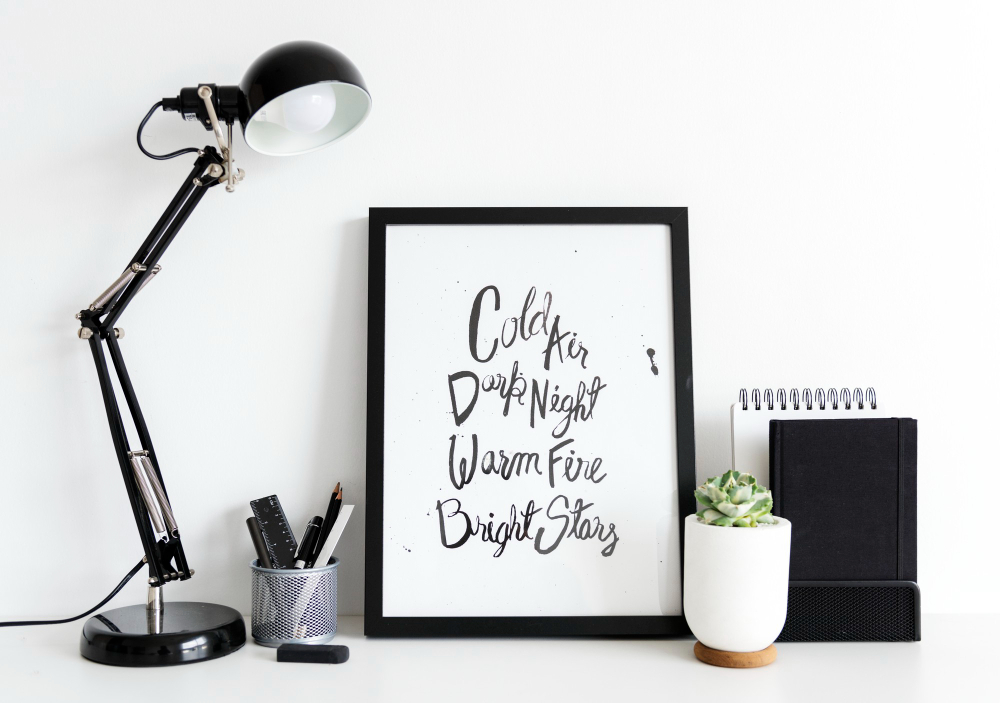Canvas wall art has become a popular choice for adding visual interest and personality to our living spaces. Whether it’s a vibrant abstract painting or a serene landscape, canvas art has the power to transform a room. However, hanging canvas wall art requires careful consideration to ensure it is displayed properly and securely. In this article, we will explore different techniques and expert tips on how to hang canvas wall art like a pro, allowing you to showcase your artwork with confidence and style.
Choosing the Right Location
Before diving into the technical aspects of hanging canvas wall art, it’s important to choose the right location for your artwork. Consider the purpose of the room and the visual impact you want to create. Select a wall that allows the artwork to be a focal point and complements the overall aesthetics of the space. Take into account factors such as lighting, furniture arrangement, and the size of the artwork to ensure a harmonious display.
Proper Measurement and Placement
One of the key elements to achieving a professional look when hanging canvas wall art is precise measurement and placement. Start by determining the desired height at which the artwork should be hung. A general guideline is to position the center of the artwork at eye level, typically around 57-60 inches from the floor. Measure the dimensions of the canvas and mark the corresponding points on the wall. Use a level and measuring tape to ensure accuracy and symmetry.
Consider the Weight and Size
Canvas wall art comes in various sizes and weights, and it’s essential to consider these factors when choosing the hanging hardware. Lightweight canvases can often be hung with simple picture hooks, while larger and heavier pieces may require more substantial hardware, such as wall anchors or screws. Be sure to check the weight limitations of the hanging hardware and select the appropriate options to ensure stability and safety.
Using Picture Hanging Hooks and Wire
One popular method for hanging canvas wall art is using picture hanging hooks and wire. Attach two D-rings or sawtooth hangers to the back of the canvas, ensuring they are evenly positioned. Measure the distance between the hangers and attach a strong wire, such as steel wire or braided picture wire, tightly between them. Hang the artwork by hooking the wire onto a securely anchored picture hook or nail on the wall.
Employing a French Cleat System
For larger and heavier canvas wall art, a French cleat system provides a secure and stable hanging solution. This method involves using two interlocking metal brackets: one is mounted on the back of the artwork, and the other is affixed to the wall. The brackets slide into each other, creating a strong and level attachment. This technique is particularly useful for ensuring stability and preventing the artwork from shifting or tilting.
Creating a Gallery Wall
To create a visually appealing gallery wall with multiple canvas wall art pieces, careful planning is necessary. Start by laying out the arrangement on the floor or using paper templates to visualize the placement on the wall. Maintain consistency in spacing between the artworks, whether it’s equal distance or a specific pattern. Utilize a level and measuring tape to ensure straight lines and cohesive alignment. Consider using a combination of hanging techniques, such as hooks, wire, or even adhesive strips for smaller canvases, to achieve a professional and cohesive look.
Mastering the Art of Hanging: Pro Tips for Showcasing Canvas Wall Art with Precision
Hanging canvas wall art like a pro involves careful consideration of location, precise measurement, and the appropriate hanging techniques. By choosing the right location, measuring accurately, and using suitable hanging hardware, you can showcase your artwork with confidence and style. Whether you opt for picture hanging hooks and wire or a French cleat system, the key is to ensure stability, safety, and a visually pleasing arrangement.



